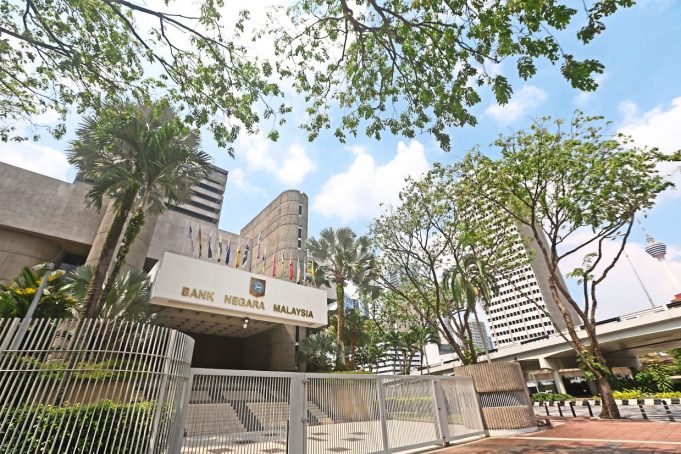The bankruptcy of the Silicon Valley Bank (SVB) and two other smaller banks last week has little bearing on the ratings of Malaysian institutions, according to RAM Rating Services Bhd (RAM Ratings).
According to the rating agency, Malaysia’s banks’ credit fundamentals are still solid and resilient. Bolstered by tight regulatory oversight that can withstand increased market volatility.
“We observe significant variations between the business and balance sheet profiles of Malaysian commercial banks and SVB.
“As opposed to depending on volatile bond investments, domestic commercial banks often engage in greater lending activities.
Less than 25% of the assets in the domestic banking system are invested in bonds. According to a statement released today.
SVB, on the other hand, held more than 50% of its asset base in these instruments. Which caused significant unrealized losses in the midst of the swift and significant increases in interest rates in the US.
In addition, only about 40% (on average) of the bonds owned by Malaysia’s eight largest banks are designated as being held to maturity (HTM), with the remainder being marked to market.
This indicates that a significant portion of the fair value losses on bonds are already accounted for in the banks’ capital position.
While just slightly more than 20% of bond securities were marked to market. SVB classified nearly 80% of them as HTM, indicating that unrealized losses had not yet been recognized in company equity.
With the intention to hold HTM bonds until maturity, they are recorded in the balance sheet at amortized cost. Therefore fair valuation losses are not included in capital, according to the statement.
Due to Bank Negara Malaysia’s (BNM) more gradual rate increases and banks’ recent wise decision to hold shorter-term bonds, according to RAM Ratings, fair value losses in Malaysian banks were also greatly reduced.
The common equity tier-1 capital ratio for the domestic banking sector remained stable at 14.9 percent at the end of 2022 from 15.5 percent in 2021.
“With the central bank’s cautious approach on any rate hikes, additional valuation losses. If any, should be less severe, according to the rating agency. Which also noted that Malaysian banks are predominately supported by very granular consumer deposits.
Their liquidity profiles are likewise strong. With net loans to deposits ratios of 88% and liquid assets to deposits ratios of about 20%, it continued.
The three failing American banks have no direct exposure to domestic banks, claims BNM.
“The Malaysian banking system’s sustained financial stability should be ensured by the central bank’s strong prudential control and successful track record. Which have been demonstrated in prior financial crises, it was stated.
















